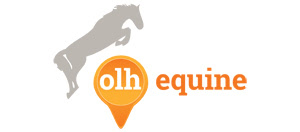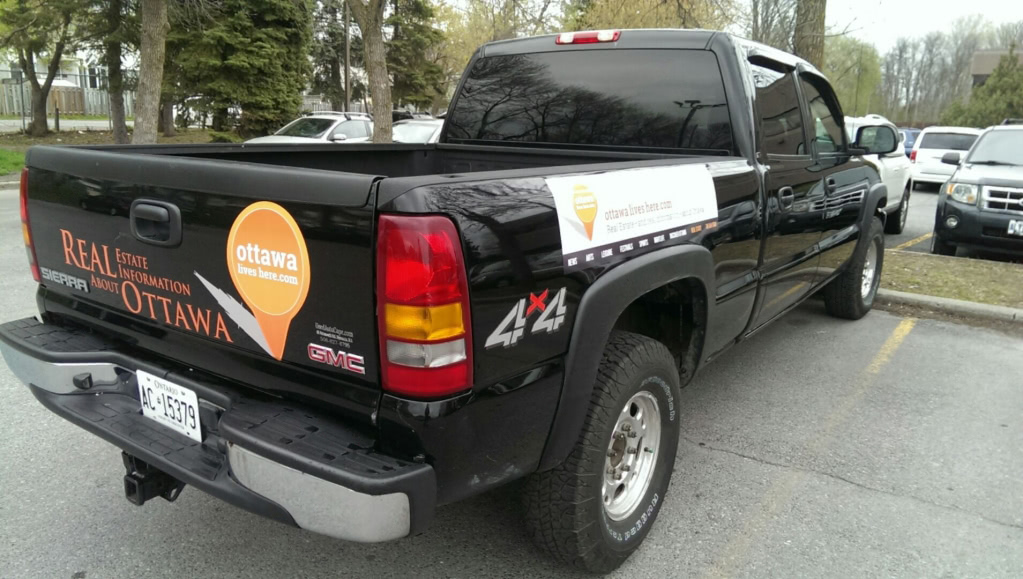James Bagnall Ottawa Citizen – Oct 06, 2020

Ottawa’s realtors were extremely busy in September and well paid for their efforts. Not only did they move nearly 60 per cent more residential properties than is normal for the month, they did so for substantially higher prices. The net result: the total value of houses sold in September reached $1.1 billion — compared with $562 million during the same month last year.
The average price for the 1,759 residential properties resold in September was a record $622,600 — up 28 per cent year over year. Condominium prices averaged $373,600 last month — up 21 per cent, according to data published Monday by the Ottawa Real Estate Board.
Some of the price momentum reflects a statistical quirk. Board president Deb Burgoyne noted that overall average sale prices are likely being pumped up by unusual activity “in the higher end of the market”.
Burgoyne calculated that the median house price — the mid-point between highest and lowest — was a more modest $570,000 in September while for condos it was $350,000.
Low inventory — not to mention historically low mortgage rates — is also driving up average prices. There were 47 per cent fewer residential listings at month’s end compared to a year earlier while condominium inventories were down just six per cent.
Two themes have predominated in Ottawa’s housing market since the beginning of the pandemic early this year. The first is catch-up. Increases in house prices in Toronto and Vancouver hugely outpaced those in Ottawa between 2013 and 2017 but since then the trends have reversed.
The second driver of house prices has been a hunt for space. Whether it’s more square footage for a new home office, bigger backyards or a rural property, price doesn’t seem to matter.
In September, the districts recording the biggest price gains encompassed the city’s wealthiest enclaves — Beacon Hill (up 87 per cent year over year to $1.05 million), Rockcliffe Park (up 48 per cent to $2.5 million) and the Glebe (up 46 per cent to $1.1 million) — or included semi-rural areas such as Carp (up 84 per cent to $865,000) and Dunrobin (up 64 per cent to $577,000).
Changes in the pattern of sales of million dollar homes is a major factor in some districts.
Certainly that was evident in Beacon Hill North & South. Last month saw six sales averaging $1.7 million in Rothwell Heights, one of eight sub-districts. In September 2019, there were just three sales in Rothwell Heights, which averaged less than $1 million. Removing that sub-district would have seen an average house price for Beacon Hill North & South of $669,000 — up 37 per cent year over year. That’s still a sizeable gain but well short of the 87 per cent surge reported Monday for the entire district.
The three districts with the highest volumes tend to avoid these kinds of distortions. Barrhaven, the busiest district with 187 sales last month — nearly double the number from September 2019 — saw average prices rise 29 per cent to $603,000. Orleans-Cumberland recorded 154 sales last month; residential sales there averaged $556,000 — a gain of 24 per cent.
In Kanata, 168 residential properties changed hands for an average $620,000 — up 18 per cent year over year.
Outside the city, four districts — west, south and east — reported average gains in excess of 50 per cent, led by Braeside-McNab where prices averaged $508,000. That was up 60 per cent year over year. The other three were MIssissippi Mills ($632,000 average price), Russell ($545,000) and Kemptville East ($589,000).














